

fetching latest news
News tagged in:

EPC tender for further development of Daman field off the west coast could be tendered in May

Canada’s largest oilsands companies have formed a new advocacy group they say will help to advance the sustainable development and operation of their industry. The Oil Sands Alliance was established Jan. 1, with membership consisting of oilsands producers Suncor Energy Inc., Cenovus Energy Inc., Imperial Energy Ltd., Canadian Natural Resources Ltd. and ConocoPhillips. It is not clear whether the new organization will be involved in political lobbying or how exactly it will be structured.
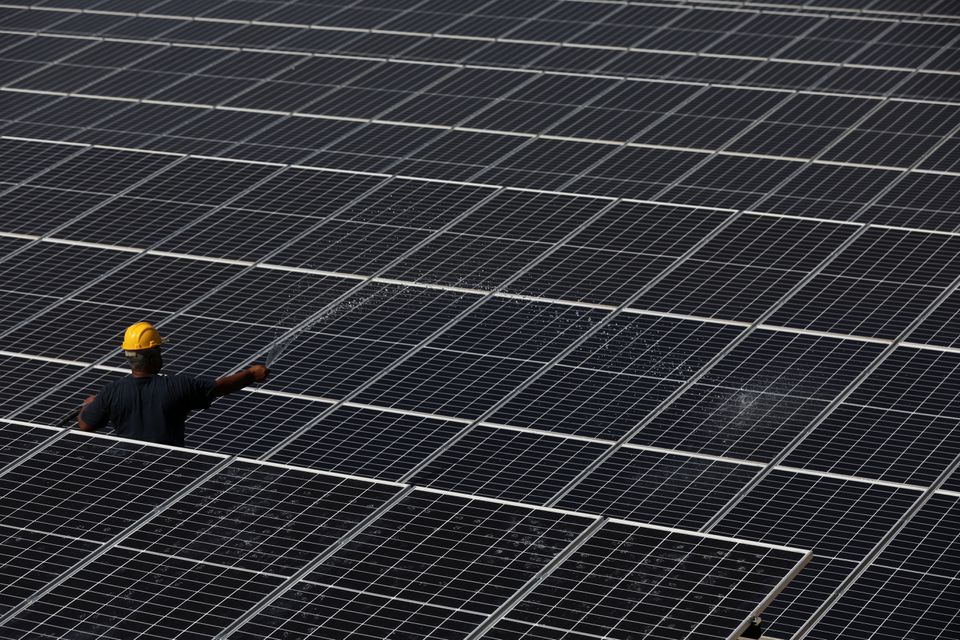
The Biden administration on Wednesday released a report showing the United States can get 40% of its electricity from solar energy by 2035, a significant jump. The Solar Futures Study outlines how solar energy can help decarbonize the U.S. power grid and help achieve a Biden administration goal of net zero emissions in the electricity sector by 2035. “The study illuminates the fact that solar, our cheapest and fastest-growing source of clean energy, could produce enough electricity to power all of the homes in the U.S. by 2035 and employ as many as 1.5 million people in the process,” Secretary of Energy Jennifer Granholm said in a statement.

The Timken Co. (NYSE: TKR), North Canton, Ohio, said Monday that its decision to enter into the solar energy industry in 2018 has paid off as its solar energy revenue is expected to grow at a double-digit rate over the next three-to -five years. Bearings manufacturer Timken entered the solar energy market with its acquisition of Cone Drive in the third quarter of 2018. Under the auspices of Timken, Cone Drive has continued to build momentum with solar energy original equipment manufacturers (OEMs). Cone Drive has tripled its solar revenue in the past three years, which Timken said outpaced “underlying market growth by a significant margin.”
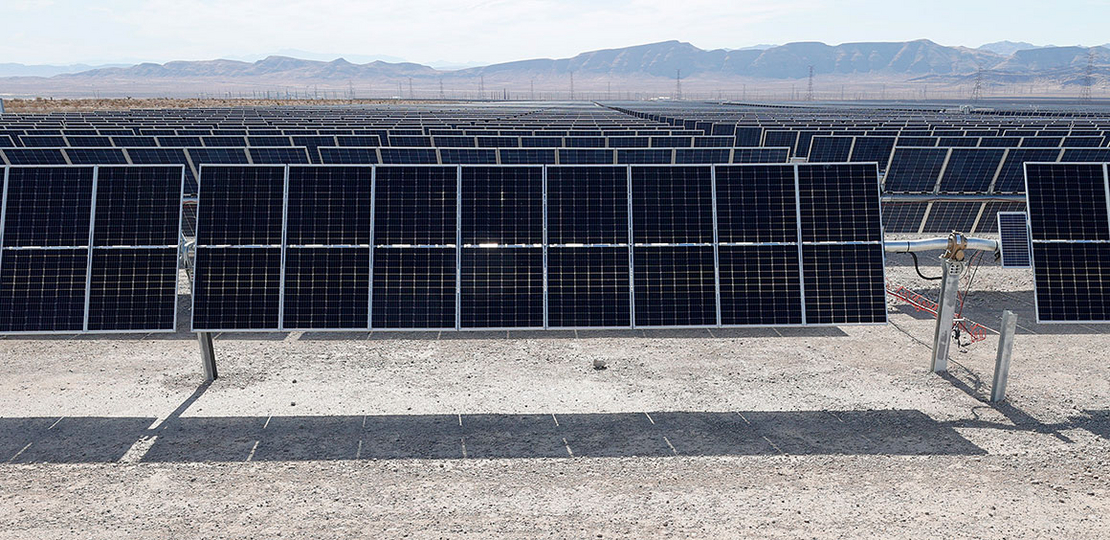
A newly formed coalition of solar companies is warning that "exploitative" Chinese trade practices could endanger U.S. clean energy goals, raising alarm bells among industry advocates even as the Biden administration has pledged to boost solar power. On Monday, a group of solar manufacturers known as the American Solar Manufacturers Against Chinese Circumvention (A-SMACC) asked the Biden administration to slap fresh tariffs on Chinese-linked solar imports routed through three Southeast Asian countries. In petitions filed with the Department of Commerce, the coalition alleged that Chinese companies have been setting up shop in Malaysia, Vietnam and Thailand to avoid paying U.S. tariffs. It said allowing the practice to continue would cede "monopoly control" of the industry to China, leaving the administration’s zero-carbon electricity goals "gravely imperiled."
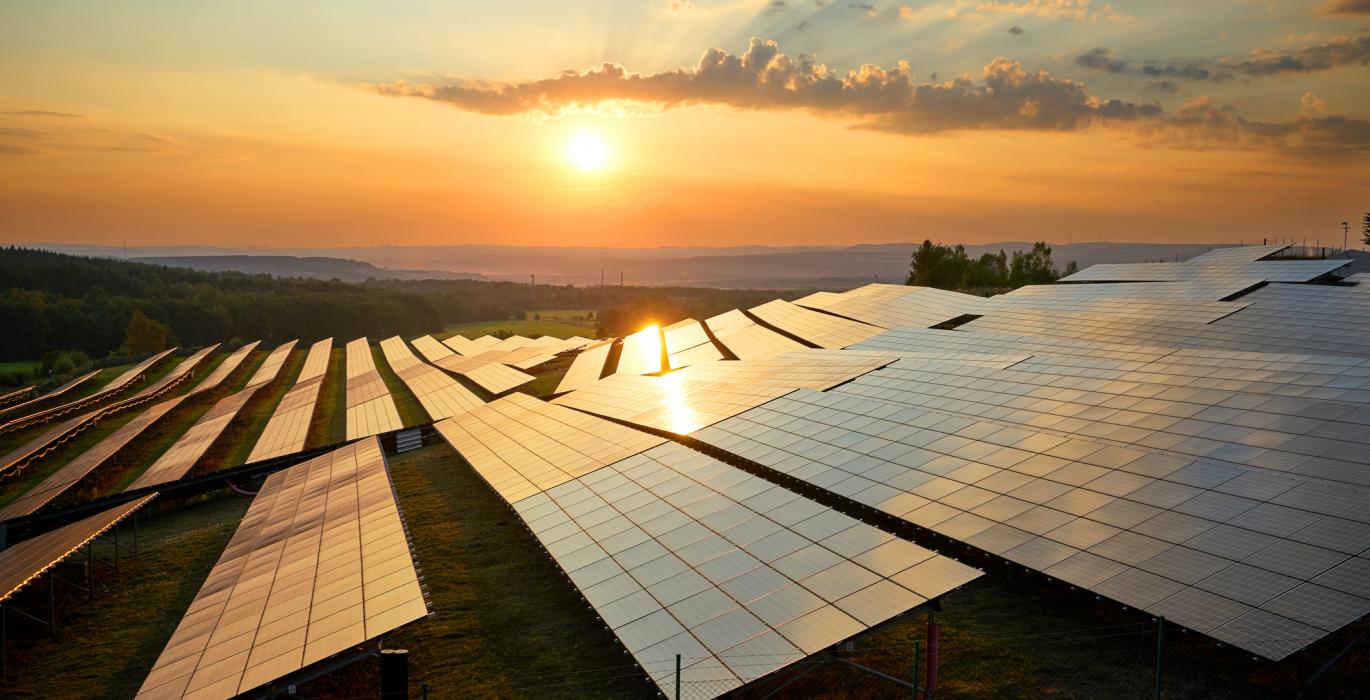
It is estimated that the amount of sunlight that hits the Earth's surface in one and a half hours is enough to power the entire world's electricity consumption for a year. For centuries, the world has used energy generated from fossil fuels. However, fossil fuels have imposed enormous environmental and economic costs. Amid rising awareness and efforts to reduce greenhouse gas (GHG) emissions, solar energy has risen as one of the most popular alternatives. Countries are starting to adopt renewable energy as they work towards cutting carbon emissions.
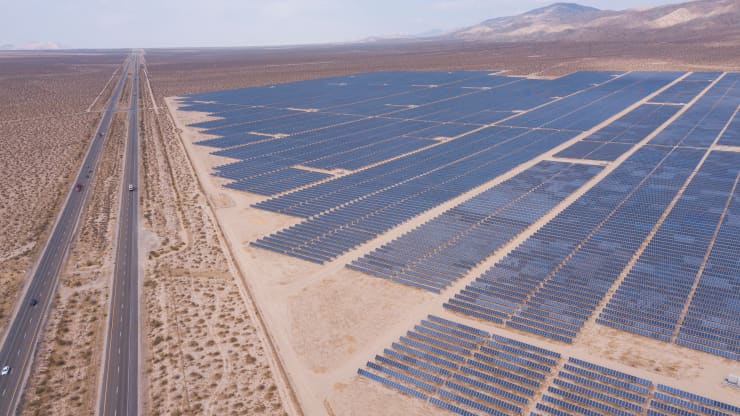
Solar power in the U.S. has grown 4,000% percent over the last decade, but it still only accounts for 3% of electricity generation. The Biden Administration wants to change that, and on Tuesday said that solar could provide 40% of the country’s electricity by 2035 — if the government enacts supportive policies. The total cost of a solar system depends on variables including size, whether it’s purchased outright or leased and power prices in the specific location. Solar’s levelized cost of energy, which allows it to be compared to other forms of power generation, has fallen more than 70% over the last decade.
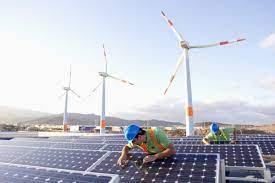
India’s renewable energy generation capacity excluding large scale hydro projects has crossed 100 GW, power and renewable energy minister R K Singh said on Thursday. The country stands fourth in the world in terms of installed renewable energy capacity, fifth in solar and fourth in wind in terms of installed capacity. While 100 GW has been installed, 50 GW is under installation and 27 GW is under tendering.
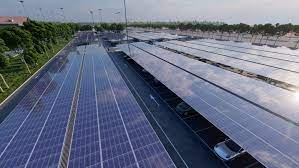
Greenbacker Renewable Energy Company LLC (“GREC” or “Greenbacker”), a leading owner and operator of sustainable infrastructure and energy efficiency projects, announced today that, through a wholly owned subsidiary, it purchased two utility-scale solar projects from Hecate Energy LLC (“Hecate”). The acquisitions of Hecate Energy Albany 1 LLC (“Albany 1”) and Hecate Energy Albany 2 LLC (“Albany 2”), both 20 MWac, showcase Greenbacker’s continued expansion into New York—a market where supportive policy and recent developments provide a compelling backdrop for renewable energy investment.
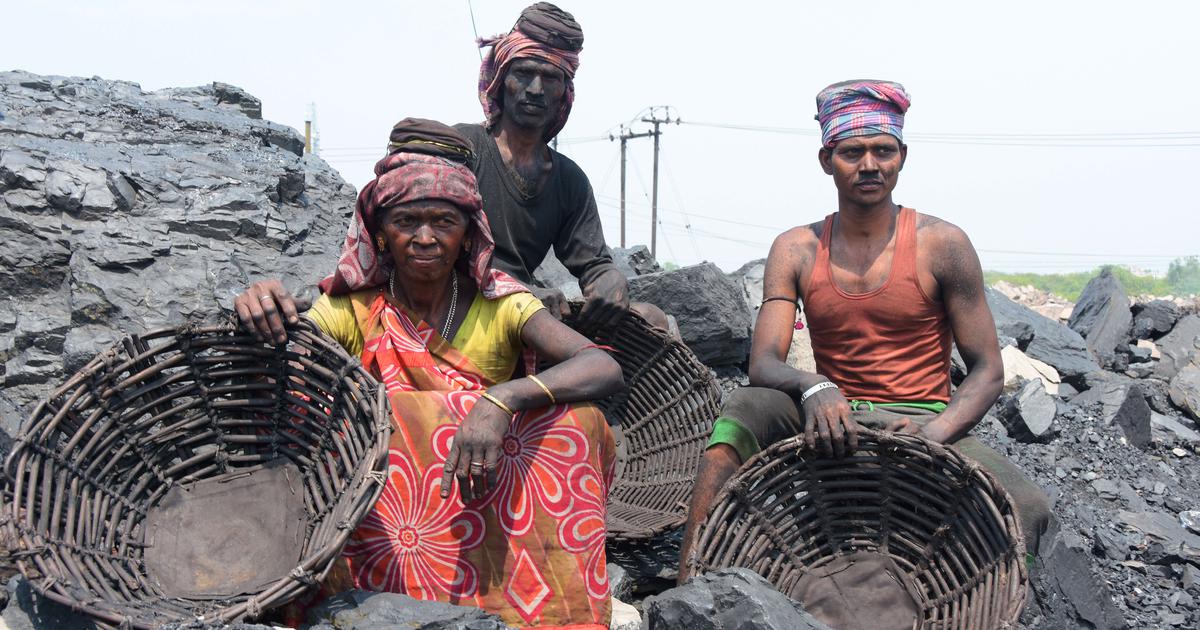
As India makes a shift to renewable energy sources over the next couple of decades, at least 2.15 crore people currently employed – formally and otherwise – in its fossil fuel and allied sectors will need to be provided decent employment to prevent social and economic distress, states a recent report by the International Forum for Environment, Sustainability and Technology, a Delhi-based environmental think-tank.
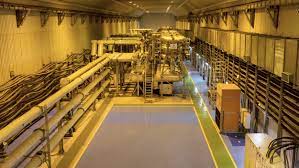
Billionaire Sajjan Jindal-led JSW energy is one of the largest players working towards going green. The company has set aside a target to reach 20 GW of power generation capacity by 2030, which will have around 85% of the green and renewable energy portfolio. It’s working on technologies like green hydrogen, offshore wind, and battery energy storage and has recently tied up with Australia-based Fortescue Future Industries (FFI) to explore green hydrogen development and use in industrial and transport sectors in India.
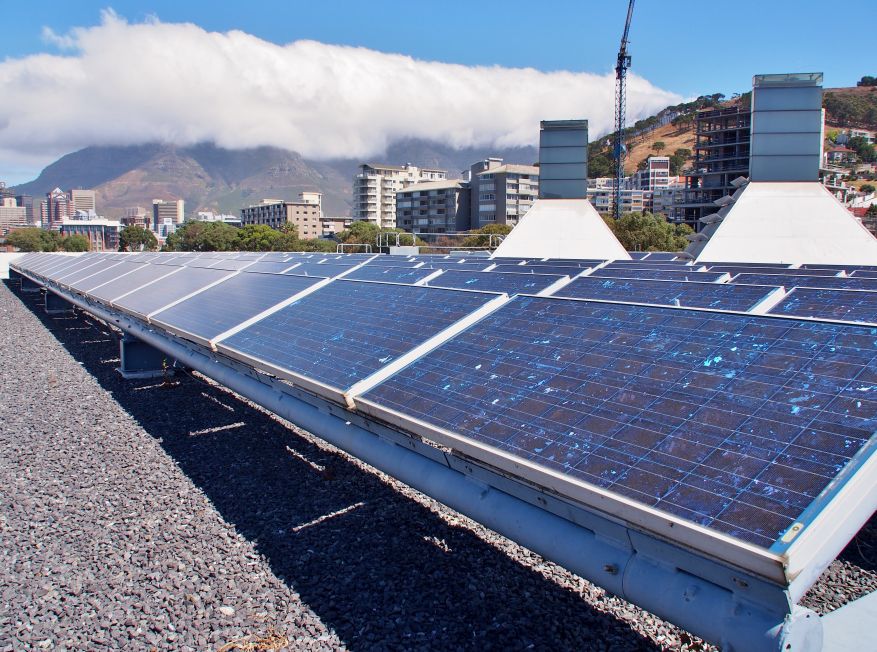
Despite important changes over the past decade, efforts to expand and modernize the sector need to be redoubled. Indeed, current electrification rates, generation-capacity levels, and security-of-supply indicators underscore that much is yet to be accomplished. New research, co-authored at the UC Berkeley Goldman School of Public Policy, identifies five sets of complementary actions to put Africa’s electricity sector on track to sharply increase electrification rates and secure long-term access to affordable and cleaner energy. The research — “An action agenda for Africa's electricity sector” — was published today (Aug. 5, 2021) in the journal Science. "Investment in, and integration of, clean energy across Africa can enable the full suite of the UN’s Sustainable Development Goals (SDG) and make the energy future of the continent one that enables equity and climate justice,”

Many people point the finger at the energy and utilities industry with regard to carbon emissions, but in comparison to other industries, the utilities sector is actually leading when it comes to adopting sustainable practices. According to a recent survey by SAP and Oxford Economics, energy and utilities executives are more likely than those in other industries to have made sustainability-related changes to their operations. On top of that, almost half of the energy and utilities respondents (47%) have committed to a net zero carbon goal, which is more than any other industry in the survey of more than 1,000 respondents worldwide.

Energy transitions are gaining momentum worldwide, and India is no exception. The country has achieved the remarkable double leapfrog of connecting nearly all households to electricity while also creating one of the world’s largest markets for renewable energy. But ensuring that the opportunities of India’s transition are shared fairly throughout society — and workers and communities are not left to face the challenges alone — is not an easy task, given the country’s population and diversity. To achieve the trifecta of jobs, growth and sustainability, India must strive to put people at the centre of its energy transformation.
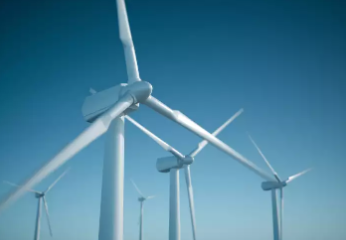
Leading wind energy solutions provider Inox Wind said on Tuesday it has signed a binding agreement with Integrum Energy Infrastructure to supply, erect and commission 92 megawatts of wind power. The projects comprise of 2 MW (113-metre rotor diameter turbine combined with 92-metre hub height) turbines with a combination of total turnkey and limited scope supply.

Chevron Technology Ventures LLC (CTV) has announced the launch of Chevron Tech Challenge, an initiative to encourage entrepreneurs, startups and academicians to propose innovative solutions for oil and gas industry’s problems. This will also open the portal to company’s renowned Catalyst Program which aims at supporting early-stage companies. The aim of the challenge is to generate solutions for the industry’s persisting challenges while competing for cash prizes.

Chief Executive of Italian oil major, Eni said yesterday that the company will announce the binding commitments to achieve carbon neutral state, by the end of 2018. Eni’s announcement to achieve carbon neutrality will be the first by an oil major. Some of the other big players have specified goals to reduce or at least keep carbon emissions flat, in the light of increasing pressure from investors and shareholders.

Every new technology has to qualify well for successful execution. Enough buzz has been created around electric vehicles. Reportedly, Indian government officials have refused to use electric vehicles developed by Tata Motors and Mahindra owing to poor mileage and performance. Though e-Mobility is on the agenda by 2030, huge concerns remain in the background. Certainly, sustainable future is the larger goal but oil is here to stay.